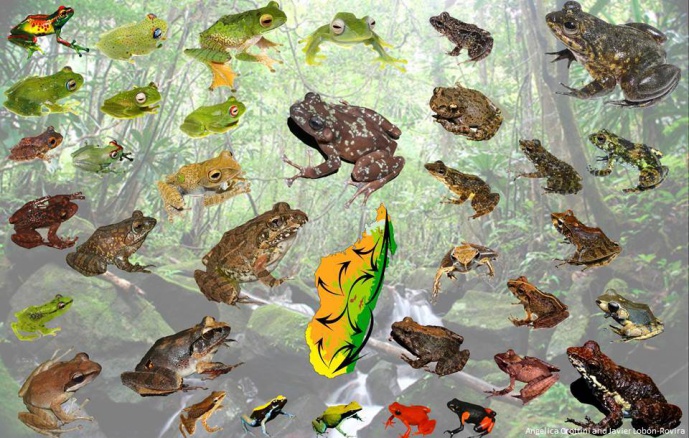How and why species multiply? Disentangling the evolution of the mantellid frogs of Madagascar to unveil the determinants of species diversification
The study of adaptive radiations is one of the most challenging fields in evolutionary biology, and Madagascar, with its long isolation and geologically stability is a unique evolution laboratory where to study species diversification. Madagascar hosts an almost unparalleled concentration of highly diversified, endemic flora and fauna. Here, the mantellid frogs underwent an exceptional radiation that resulted in a plethora of morphological, ecological and reproductive traits. I propose to combine evolutionary genomics, morphology, ecology, cytogenetics and biogeography and use phylogenetically informed comparative analyses to infer the role and contribution of each of these determinants in this diversification. Similarly, I propose to test for the direct contribution of a potential key innovation: the femoral gland. I hypothesize that the evolution of this gland has played a crucial role in the diversification of this lineage, either by promoting assortative mating or by preventing hybridisation between already differentiated forms.
Alexandre Marcos Antonelli, Bárbara Rosa da Fonseca Santos, Franco Andreone, Miguel Vences







